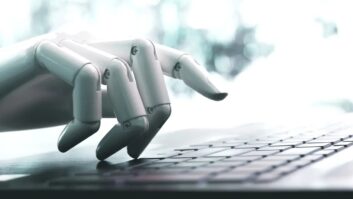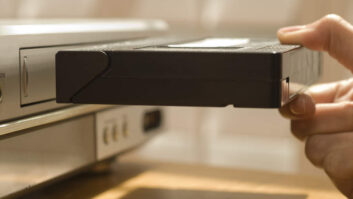When people think of innovation, they may think about a latest product — a widget that changes everything. But innovation doesn’t have to be a revolutionary new widget; it can be a new way of thinking, a shift that changes cultural expectations about how we buy, consume or experience a product or service.
Today’s consumers are looking for innovations that make it easier and faster to enjoy their product purchases. Consider the evolution of music, from vinyl to cassette to CD. Industry advances originally focused on improving sound quality, but more recent innovations have focused on delivery and business models, including instant downloads and streaming services like Pandora, Spotify and Rhapsody. The success of these new music delivery channels illustrates the reality of today’s on-demand generation of customers who expect flexibility in the way they access products and services.
So how will these expectations shape the store of the future? We can assume it will be innovative, but in what way?
When it comes to anticipating consumer expectations, there’s one trend that’s unmistakable: online activities are becoming highly personalized. The consumer of the future wants to interact with the technology on their own terms, online, through social media or in a virtual store. The on-demand generation is looking for fresh ways to develop and manage relationships, focusing on methods that are transparent and tailored to their needs. Customers also expect companies to remember them, make recommendations based on their past purchases and give them a variety of personalized options.
In the store of the future, shopping venues could change dramatically to address the consumers’ desire for more personalization. For example, some companies might fuse shopping and entertainment to create a space where consumers can shop while watching their favorite shows or playing a popular game. This “shoppertainment” model might use facial recognition and motion sensor technology to personalize advertisements and recommendations, let customers interact with brick-and-mortar sales agents and experience products and interactions in 3D without ever leaving the comfort of their couch.
As another example, consider a store of the future that transcends traditional buying processes and places. Think of a “Wall of Commerce” that allows customers to personally interact with products, select goods with a mobile phone, and buy products for same-day delivery or instant pickup at a brick-and-mortar location. Imagine crowdsourced chat support.
All of these concepts take the store of the future beyond today’s boundaries, and so could a loyalty program that rewards consumers for a whole new level of product and service usage that is currently not being tracked or a group discount that rewards a buyer’s entire social network. Today, people can sign up for a variety of continuity programs such as auto-renewing a subscription for socks or razor blades. But the next evolution may include usage data that supports an auto-renewing subscription for replacement running shoes every 500 miles or a toothbrush after 180 uses.
The bottom line? No one can accurately predict what form the store of the future will take — or how and where purchases will be made in the future. But companies are already experimenting with new ways to innovate. Some may invent products and services that are truly unimaginable today, but it’s likely that many more will succeed by taking an existing process and making it better — improving a payment model, delivering a more enjoyable experience or connecting the customer with the purchase more quickly. These are the innovators who will win the consumers of the future.
James Gagliardi is product innovation VP at Digital River.










